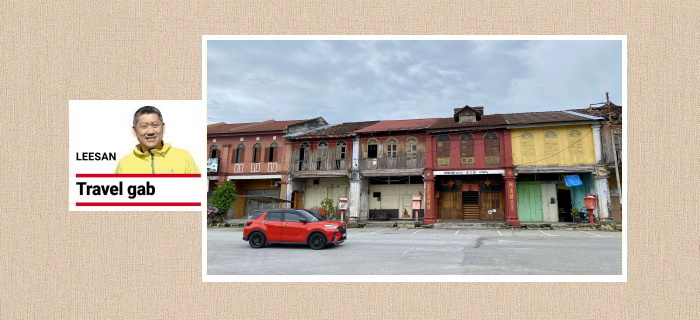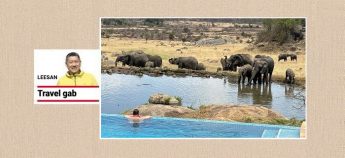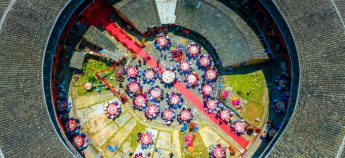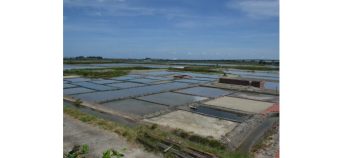A heritage town called Gopeng – by leesan
The columnist takes a trip up north to discover more about Perak’s former tin mining town.
TUCKED amid the narrow streets and alleys of some small towns and villages in Malaysia are plenty of old stories waiting to be uncovered. The traditional homes, antiques, old shops, kopitiams, and even former opium dens, all these are waiting for us to explore, and then send us down memory lane.
One can always find a handful of senior citizens who defiantly cling to their outdated items like oil lamps, stubbornly justifying why they should still keep them. The thing is, most of these folks are … in the advanced stages of their lives and their much-cherished items from the days of yore, may one day be gone if no one else is willing to preserve them.
So, they take it upon themselves to do this as they believe that these invaluable pieces of cultural legacy could be lost forever. In a way, this is a very good thing as many of today’s modern kids have never even seen something like a charcoal iron that was probably once used by their great grandparents.
Many also have no idea that some of these old folks were even sold off as “coolies” to rich families, or that they braved the sea from their homeland for weeks, just to get to Malaysia. As they arrived here empty-handed, it really wasn’t easy for these early migrants to build a new life and home for their children, so it would make sense for the young ones today to learn about their roots.
Fortunately, in each of the settlements and villages found in Malaysia, there is always a group of dedicated people, both old and young, who would voluntarily safeguard old traditions for future generations.
The writer(right) listening intently to the stories that Gopeng Museum curator Phang was sharing. – Photos:LEESAN

At the privately-run Gopeng Museum along Eu Kong Street in Perak, we met with the curator Phang See Kong, 82, and town resident Loo See Mun, 51, who runs a Facebook page called My Hometown Gopeng. From the way they spoke of their beloved hometown, it was clear that they were proud of Gopeng, and wanted people to know just how unique the place is.
Such selfless social workers deserve our utmost respect.
From what we could gather, Phang and a group of other senior residents in town have, over the past several decades, tirelessly collected old pictures of Gopeng for the museum. At the same time, the group took up the difficult challenge of preserving the town’s heritage buildings and cultural relics. All this was done in the name of their love for Gopeng, and as part of a wider effort in compiling the history of Malaysia’s towns and villages.
Phang gave us an insight into Gopeng’s untold tales and history, focusing on one main point: There would be no Gopeng without tin ore. Pointing to the weathered pictures hung on the wall, he said, “The early immigrants from Foshan in China’s Guangdong province began coming here to work at the tin mines during the colonial times, followed by the Mandalings from Sumatra.
“Besides large-scale tin-mining activities, the mining tycoons also built 15km of water pipes using elephants for transporting the building materials. Unfortunately, these water pipes have yielded to modern-day developments today,” Phang said.
He added that without the business tycoon Eu Kong, “Gopeng would not have come to be”.
Eu Kong started Eu Yan Sang’s first herbal medicine shop in Gopeng in 1879. His son Eu Tong Sen then took over and headed a wide range of businesses from banking, tin-mining, rubber plantation, real estate development, transportation services, Chinese medical halls and even entertainment. The Gopeng Museum building that we see today was donated by the posterity of Eu Kong who once used it as a horse stable.
The old shop houses in Gopeng have been preserved and maintained by its loyal residents.
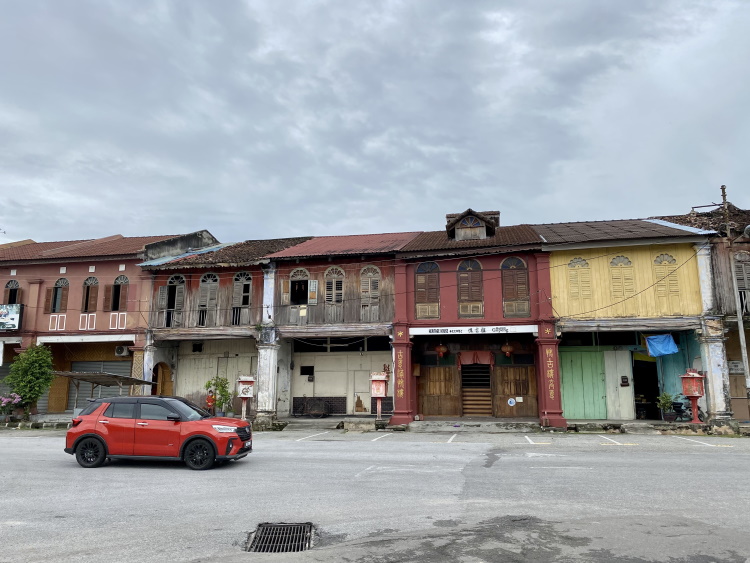
The prosperity of Gopeng more than a hundred years ago gave rise to the mushrooming of opium dens, brothels and cinemas – a burgeoning entertainment scene, really. Bear in mind that the entire Kinta Valley back then, including the tin mines in Gopeng, was the economic powerhouse of British Malaya.
With today’s global tin prices hitting a new high of US$39,960 (RM168,100) per tonne, we couldn’t help but think back to those good old days in Gopeng, and just how lavish the tin tycoons’ lives were. And judging from his words and expressions, there was a sense of pride coming from Phang, a third generation Gopeng resident.
We were told more lovely stories of Gopeng at another privately run establishment, Koo Fung Bistro. Speaking into a loudspeaker, the 60-year-old storyteller Low Leong Sin gave an in-depth account of all the things on display at the bistro, including an antiquated rice noodle (lai fun) pedlar cart.
Earlier, we had lunch at a tea garden inside the 120ha Gaharu Valley – where the average age of the agarwood trees found there is more than 30 years. Second-generation business owner Nicklaus specially offered us the shop’s signature lai fun with yong tau foo dish, a must-try local delicacy. This dish has become synonymous with the town gastronomically, and I think all visitors should try it.
We also visited the Gopeng Hup Teck Soy Sauce Factory, which is currently run by Zhu, a third- generation owner. Together with Liu, a second-generation owner, they still manufacture soy sauce the traditional way, as this gives the product a distinct flavour that’s unique to Gopeng. You can bet that local residents take deep pride in this fact.
Gopeng Hup Teck Soy Sauce Factory have been insistently committed to the traditional way of manufacturing soy sauce.

Like other small towns scattered across the country, Gopeng finds itself slowly drifting into public oblivion, exacerbated by the collapse of the tourism industry as a consequence of the pandemic.
This has made things even more challenging for the residents to maintain the private museums and historical buildings.
Having said that, these tireless social workers remain persistent in devoting themselves to the preservation of the town’s priceless heritage, as they continue to relate the extraordinary tales of the former mining town. They do this so that this invaluable piece of folklore can be passed down from generation to generation.
If you happen to travel around the peninsula one of these days, do make a detour to Gopeng to visit these hidden gems, as well as other major tourist attractions around Perak, like Gua Tempurung and the river for some white water rafting.
There’s also the Semantra Nature Resort which boasts of more than 200ha of lush rainforest that is bound to make any city dweller be one with nature.
The Semantra Nature Resort.
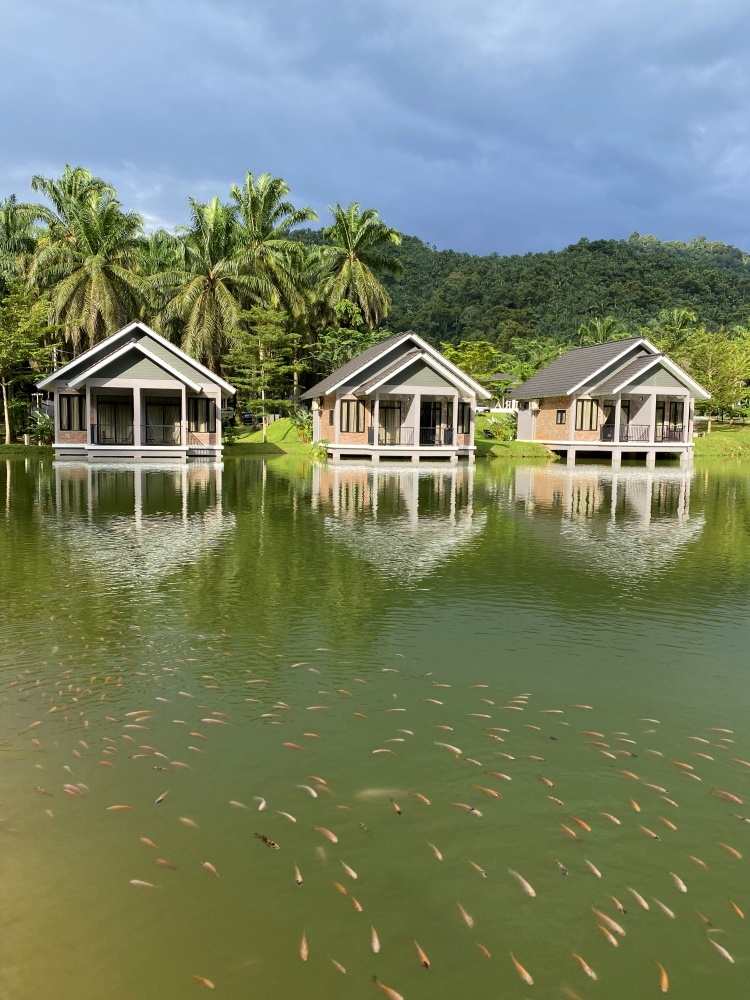
The views expressed are entirely the writer’s own.
Leesan, the founder of Apple Vacations, has travelled to 132 countries, six continents and enjoys sharing his travel stories and insights. He has also authored five books.

Published in STAR 2, 4 Dec 2021
全球超过80000家酒店,Apple101助您轻松订房,出行无忧,绝对优惠价。入住期间付款,多数客房可免费取消!
